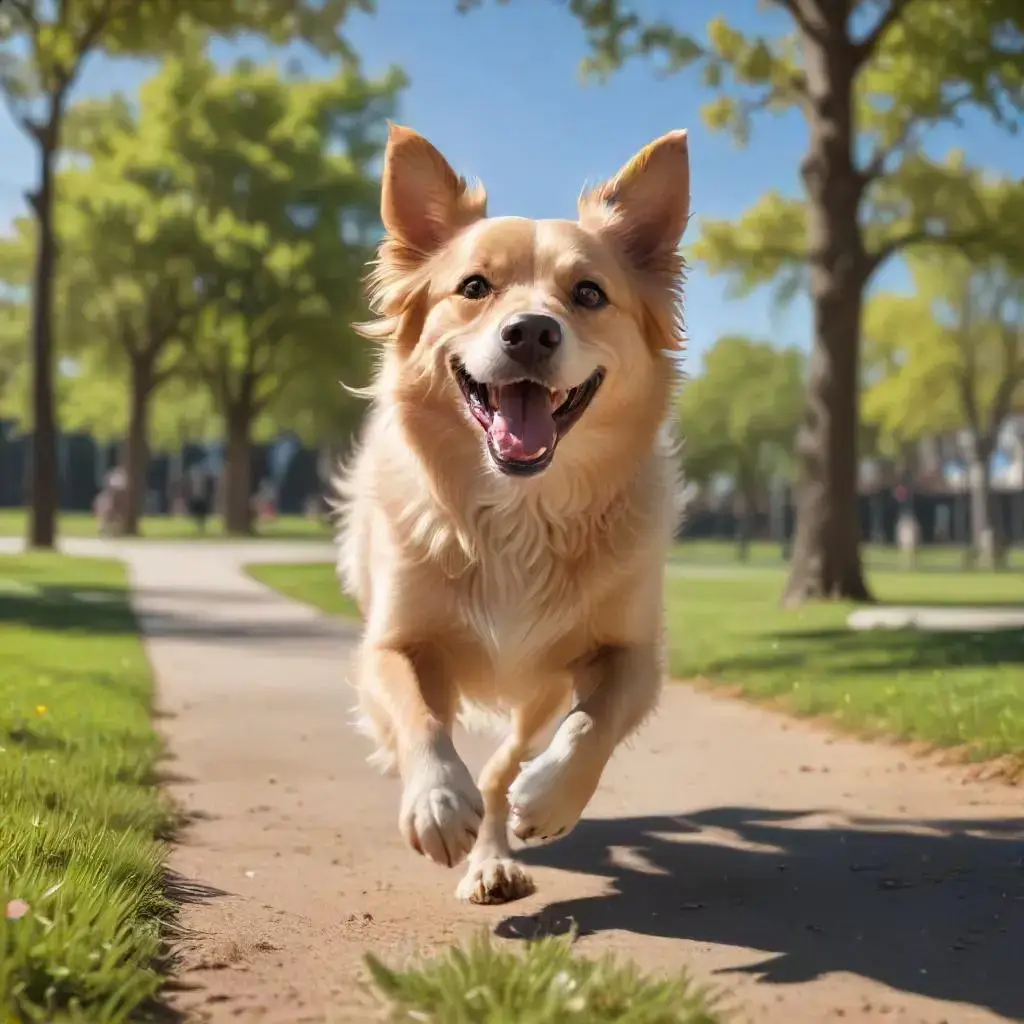Understanding the emotional well-being of our pets is as crucial as their physical health. Recognizing and treating canine depression is a growing concern for many dog owners. Just like humans, dogs can experience periods of sadness and depression. This comprehensive guide aims to shed light on the signs, causes, and treatments of canine depression to ensure your furry friend leads a happy, healthy life.
What is Canine Depression?
Canine depression is a condition where dogs exhibit behaviors and symptoms indicative of sadness and withdrawal. Similar to human depression, it can be triggered by various factors, leading to changes in your dog’s usual demeanor and habits. Understanding this condition is the first step in providing the necessary support and care.
Signs and Symptoms of Canine Depression

Recognizing the signs of depression in dogs is essential for timely intervention. The symptoms can be physical, behavioral, or emotional.
Physical Symptoms
- Weight loss or gain
- Lethargy
- Poor grooming habits
Behavioral Changes
- Changes in appetite
- Altered sleep patterns
- Social withdrawal
Emotional Indicators
- Lack of interest in activities they once enjoyed
- Increased irritability
- Excessive licking or chewing, often a sign of anxiety or distress
Common Causes of Canine Depression

Understanding the root cause of your dog’s depression can help in developing an effective treatment plan.
Environmental Factors
- Changes in the household, such as a move or new family member
- Lack of mental and physical stimulation
- Seasonal affective disorder
Health Issues
- Chronic pain or illness
- Hormonal imbalances
Emotional Distress
- Loss of a companion, whether human or another pet
- Separation anxiety
- Trauma from past experiences
How to Diagnose Canine Depression
Accurate diagnosis is key to effective treatment. A visit to the veterinarian is essential, where they may conduct a thorough physical examination and behavioral assessments to rule out other potential health issues.
The Role of Genetics in Canine Depression
Some breeds are more prone to depression due to genetic predispositions. Understanding these tendencies can help in early recognition and intervention.
Impact of Owner’s Emotional State on Dogs
Dogs are highly attuned to their owner’s emotions. If you’re feeling stressed or anxious, your dog might pick up on these feelings, potentially leading to their emotional distress.
Environmental Factors Influencing Canine Depression
Various changes in the environment can impact your dog’s mental health. It’s crucial to provide a stable and stimulating environment to prevent depression.
Health Issues Leading to Depression
Chronic health issues can significantly affect a dog’s mood and behavior. Regular vet check-ups can help in early detection and management of these conditions.
Emotional Causes of Canine Depression
Dogs can experience deep emotional distress due to various factors, including the loss of a companion or traumatic experiences. Addressing these emotional wounds is crucial for their recovery.
Behavioral Changes to Watch For
Keep an eye out for significant changes in your dog’s behavior, as these can be early signs of depression.
Physical Symptoms of Canine Depression
Physical symptoms like weight loss and lethargy often accompany canine depression. Monitoring your dog’s physical health is important for early intervention.
Emotional Indicators of Canine Depression
Emotional signs, such as a lack of interest in activities and increased irritability, can signal depression. Understanding these indicators can help in providing timely care.
Preventing Canine Depression
Prevention is always better than cure. Ensuring your dog gets regular exercise, social interaction, and mental stimulation can go a long way in preventing depression.
Therapies for Treating Canine Depression

Several therapeutic options can help alleviate depression in dogs, including behavioral therapy, environmental enrichment, and medication.
Behavioral Therapy Techniques
Positive reinforcement, desensitization, and cognitive behavioral therapy can be effective in treating canine depression. Working with a professional can ensure the best outcomes.
Environmental Enrichment Strategies
Providing your dog with interactive toys, new experiences, and safe spaces can help combat depression and keep them mentally stimulated.
Medications for Canine Depression
In some cases, medications might be necessary to help manage your dog’s depression. It’s important to understand the types, how they work, and potential side effects.
Natural Remedies for Canine Depression
Natural remedies like herbal supplements, aromatherapy, and acupuncture can provide alternative or complementary treatment options for canine depression.
The Importance of Routine in Preventing Depression
Establishing a routine can provide your dog with a sense of security and stability, which is crucial for their mental well-being.
Diet and Nutrition’s Role in Mental Health
A balanced diet and proper nutrition are essential for maintaining your dog’s overall health, including their mental health. Nutritional supplements can also support their well-being.
Exercise and Physical Activity

Regular physical activity is crucial for a dog’s mental health. Different types of exercises and creating a routine can significantly improve their mood and energy levels.
The Role of Play in Mental Health
Playtime is not just fun but also essential for your dog’s mental health. Interactive, social, and solo play activities can help keep depression at bay.
Creating a Positive Environment
A safe and secure environment, comfortable sleeping areas, and reducing stressors can help prevent and alleviate canine depression.
Understanding Your Dog’s Emotional Needs
Reading your dog’s body language, providing comfort, and building trust are essential for their emotional well-being.
How to Comfort a Depressed Dog
Simple actions like a gentle touch, a soothing voice, and a consistent presence can provide immense comfort to a depressed dog.
Building a Support Network

Friends, family, professional help, and support groups can provide the necessary support system to help your dog recover from depression.
When to Seek Professional Help
Identifying severe symptoms and consulting a veterinary behaviorist can ensure your dog gets the professional care they need.
FAQs
What are the signs of canine depression? Canine depression can manifest as changes in appetite, sleep patterns, social withdrawal, and lack of interest in activities.
How can I help my depressed dog? Provide a stable environment, regular exercise, and mental stimulation, and seek professional help if necessary.
Can dogs get depressed from losing a companion? Yes, the loss of a companion, whether human or another pet, can cause depression in dogs.
Are there natural remedies for canine depression? Herbal supplements, aromatherapy, and acupuncture are some natural remedies that can help treat canine depression.
How important is routine for a dog’s mental health? Routine provides stability and security, which are crucial for a dog’s mental well-being.
When should I seek professional help for my dog’s depression? If you notice severe symptoms or if your dog’s condition does not improve with basic interventions, consult a veterinary behaviorist.
Conclusion
Recognizing and treating canine depression is essential for ensuring your dog lives a happy and healthy life. By understanding the signs, causes, and available treatments, you can provide the necessary support and care for your furry friend. Remember, early intervention and professional guidance can make a significant difference in your dog’s recovery.


